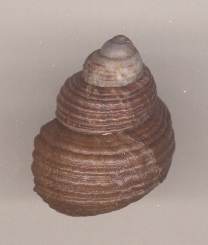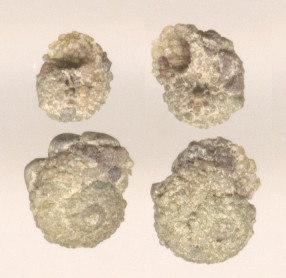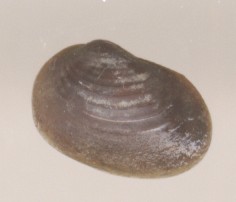Freshwater Molluscan Shells / Unknowns / Non-mollusks
| Snail from Lake Mainit, on the northern part of Mindanao, the large southern island of the Philippines. It has the general aspect of one of |
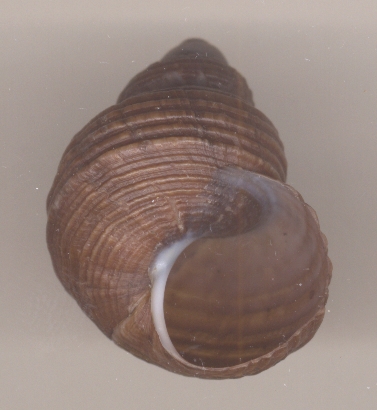 |
From
Eduardo in Spain:
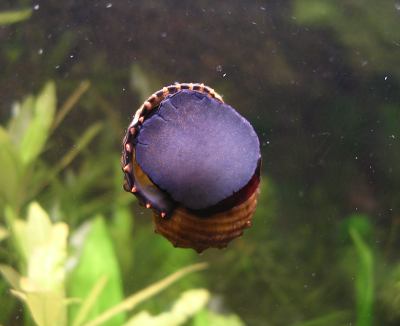

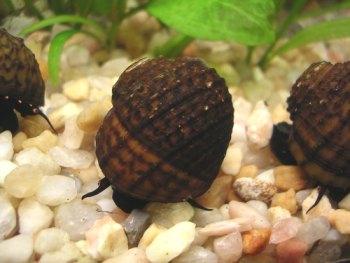
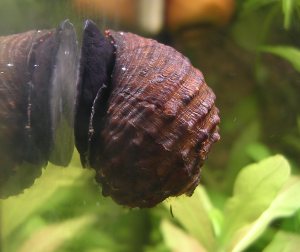
These look like a Paludomus species. Paludomus
loricatus Reeve 1847 to a good degree of certainty.
From a tourist shell
shop near Myrtle Beach:
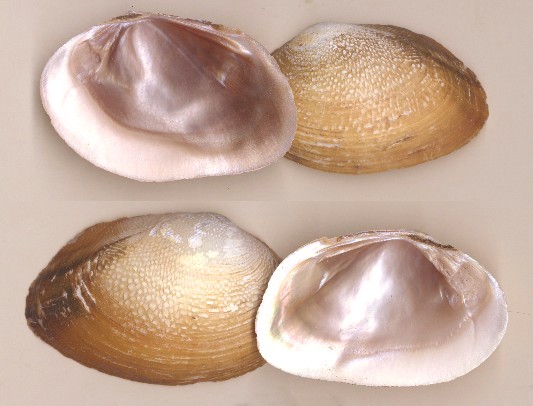
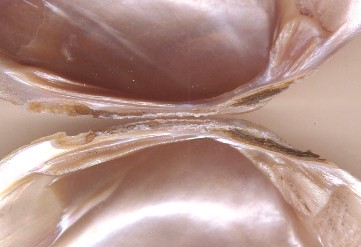 |
Try as I might,
poking through disarticulated valves, I could not locate a matching left and right pair. So I bought two examples of both. No clue as to species or locality. Valves are pinkish on the interior, probably faded due to exposure. Much of outer surface is evenly covered by small pustules, grading to narrow ribs on the posterior slope and near the ligament. Some have dark rays on the posterior part of the shell. Shells, above,
approximately natural size. Hinge teeth, |
Missouri Bootheel
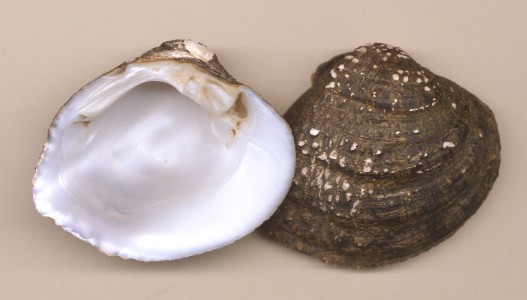
Probable Cyprogenia
species from a muskrat middens, St. Francis River, near
Kennett, MO.
Nov. 1995. Shell has strong posterior ridge, thick anterior
nacre. Surface is covered with small dark
speckles arranged in diverging bands; rough and pustulose
like Cyprogenia irrorata, otherwise
more similar to C. aberti. Slightly enlarged.
The consensus was it is C. aberti.
Peruvian Amazon
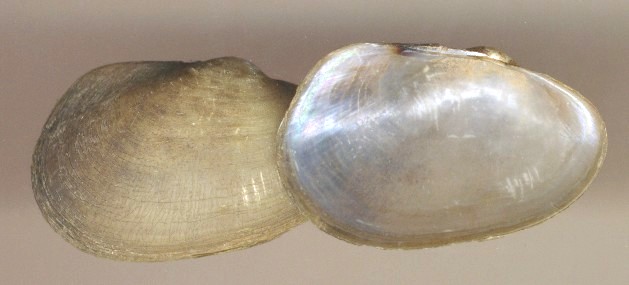
Small unionacean mussel from the Amazon Basin rivers in Peru,
x4.
